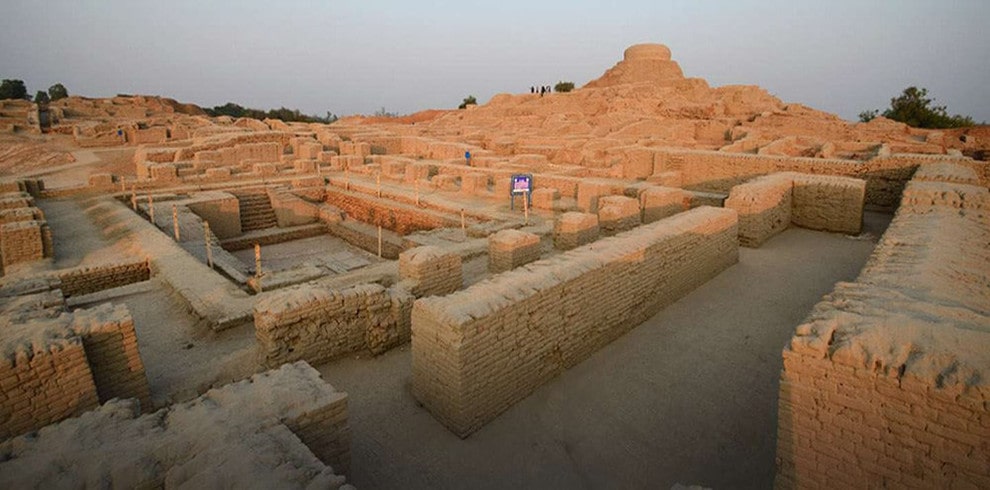Sindh is the Southern province of Pakistan. It is approximately 579 kilometres long and covers an area of 140,915 square kilometres (54,408 square miles). Sindh is bounded by the Thar Desert, the Kirthar Mountains to the West and the Arabian Sea to the South. A fertile plain runs along the Indus River in the centre.
Millions of years ago Sindh was under water. Kirthar mountain range is clear evidence of this phenomenon which still contains fossils of fish, sea urchins and marine life. One of the largest mammoth fossils discovered in the Kirthar is a remnant from the ice age when the entire world was covered in snow.
The largest National Park of the country is 160 kilometres from Karachi. It covers 1192 square miles. This park is home to nearly 11,000 spices such as Sindh ibex, gazelles and wild sheep. The Indus delta is a bird watcher’s paradise in winter. More than 200,000 migratory birds fly all the way from Siberia and other countries to hibernate in Pakistan’s golden sunshine. Millions of migratory waterfowl visit the lakes. Karachi today is claimed to be the ‘love-bird capital of the world’. The Indus River in Sindh is the only surviving reservoir of blind dolphins. There are more than a hundred lakes in Sindh.
Ancient graves of oldest carriers who braved the rigours of the sea to carry the faraway lands were discovered in Karachi. Pakistan has one of the oldest export cultures. The oldest place Mohenjo Daro contains important information about trade and export from four to five thousand years ago. According to recent research, the seals along with cotton bale consignments were in fact trademarks of the firms that exported them. Similar seals were discovered in Bahrain demonstrating Sindh’s oldest identity of thriving export business with many countries in the region and around the world. Cotton, corals, spices and condiments were exported from the ports of Sindh. Crops of cotton, rice and wheat are grown on the vast farmlands.
Sindh is land of refugees, Sufi Saints and Noble armies from all over the world. It is the birthplace of Akbar the Great. The seaport of Karachi is natural and busy. The coastline of Arabian Sea offers a fantastic opportunity for water sports and sunny beaches welcome you all the year.
River Sindh is the lifeline of people, culture, history and heritage. Sindh is famous for its unique rituals, events, sports, food and music. It has all the tastes of life that words cannot fully describe. A visit to this land can bring joy and happiness in life.
The second highest human development index at 0.63 is Sindh. Its population is 30.4 million according to the 1998 census.
- 63.7% of people are Sindhi speaking.
- Urdu speaking population is 18.1%.
- Punjabi 7.0%
- Pashto 4.2%
- Balochi 2.0 %
- Saraiki 1.0 % and other languages 5.0%.
- In other languages, Guajarati Memoni, Kuchhi (dialect of Sindhi), Kathiawari, Thari,
- Persian, Dari, Lari and Brahui.
- Baloch are 50% of the total Sindh population. However, they speak Sindhi as their native language.
Sindhi are descended from the ancient Samaat people. The tribes trace their ancestry back to early Muslim settlers such as Arabs and Persians.
Sindh has a tropical to subtropical climate zone. Summers are slightly hot, and winters are mild to warm. Summer temperatures frequently exceed 46 °C (115 °F). The South-West monsoon wind starts blowing in mid February and lasts until the end of September, while a cool breeze blows from October to January.


